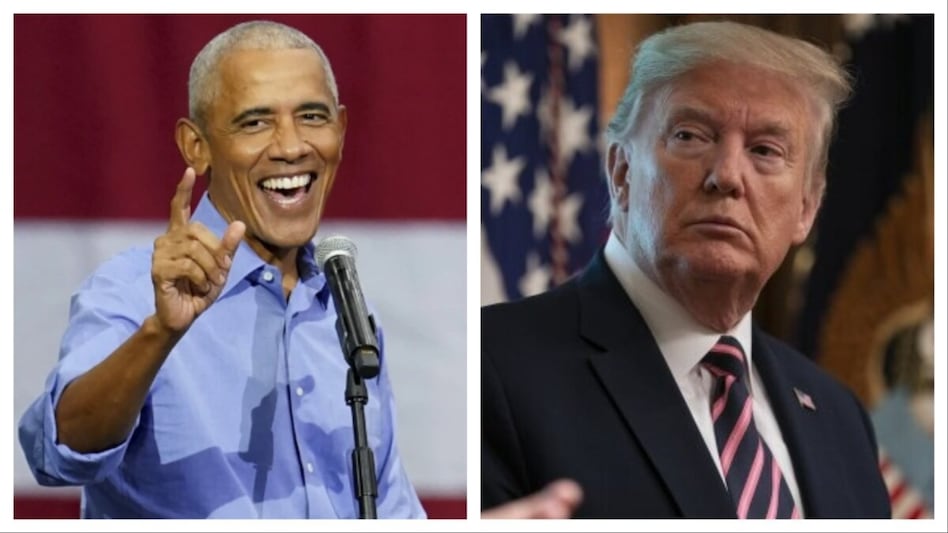 Obama met General Kayani in October 2010
Obama met General Kayani in October 2010
 Obama met General Kayani in October 2010
Obama met General Kayani in October 2010US President Donald Trump did something rare that none of his predecessors had done in history: he hosted Pakistan Army General Asim Munir for lunch at the White House on June 18. Until this happened, the view among US policymakers was that a sitting US President meeting directly with the Pakistan Army Chief would undermine the civilian government in Islamabad.
Barack Obama faced this dilemma too, when the US was involved in Afghanistan and Pakistan was key to restoring peace in Kabul. But when Obama had to meet the Pakistan Army Chief, he did so - not in a formal setup but by design.
In October 2010, Ashfaq Kayani, then Pakistan Army Chief, arrived in Washington. Kayani's visit came at a time when the US was fighting the Taliban but beginning to plan its exit from Afghanistan. The Pakistani Taliban were, at the same time, creating trouble for Islamabad and threatening major cities like Karachi.
In Washington, Kayani met Mike Mullen, then Chairman of the US Joint Chiefs of Staff. Mullen enjoyed the closest relationship with Kayani, writes Steve Coll in his book Directorate S.
When he met Mullen, Kayani brought up a delicate subject they had been reviewing privately for months: "Should Kayani engineer and accept a three-year extension as chief of army staff and de facto head of state?" writes Coll. The belief among American policymakers was that "Asif Zardari was a weak civilian leader" and "Kayani offered continuity."
Mullen wanted Kayani to extend.
In public, the Obama administration spoke of the importance of Pakistani democracy and civilian rule; but in private, Coll adds, "it negotiated for the continuation of favorable military control."
Mullen believed - and in fact told the Obama cabinet - that it was better to carry on business with Kayani, who was seen as a crucial ally for operations in Afghanistan.
At the White House, Kayani met with national security staff in the Roosevelt Room. "By design, Obama dropped by, feigning surprise to find Kayani. (Because the Pakistani general was not a head of state or government, Obama did not want to violate protocol or undermine civilian rule in Pakistan by setting up a formal meeting)," Coll writes.
Kayani handed Obama an updated version of his July white paper on the future of US-Pakistani relations. He addressed the paper to Obama, Mullen, Marine General James Mattis, Doug Lute, and retired Secretary of State Colin Powell.
But another round of debate erupted at the White House over whether Obama should directly author a reply letter to Kayani. Pakistan's president was Zardari, and a letter from Obama to Kayani could undermine Zardari's authority.
Kayani's memo to President Obama and his generals remained unanswered for months. Later, Mullen's staff drafted a reply and passed it to the White House.
"Kayani was the true leader of Pakistan yet he was notionally subservient to the democratically elected president, Zardari," was the thinking in Washington, according to Coll. "Would it be bad form, a violation of democracy promotion principles, for Obama to write back to Kayani directly? This went around and around."
In the end, Lute supervised a drafting process led by his aide Shamila Chaudhary, and an interagency review produced an authorised, classified reply letter in late January 2011.
On February 5, at the Munich Security Conference — an annual Davos-like affair for defence officials — Hillary Clinton met privately with Kayani and handed him the reply to his memo.
Obama was careful about the symbolism of his meeting with Kayani. Trump was not. But both used the same playbook Washington has relied on for decades: wave at Islamabad, land at Rawalpindi.